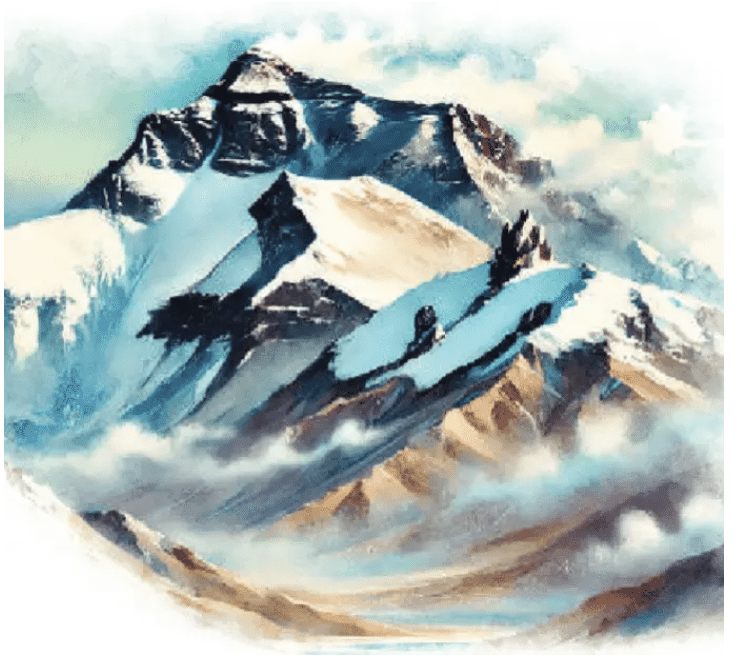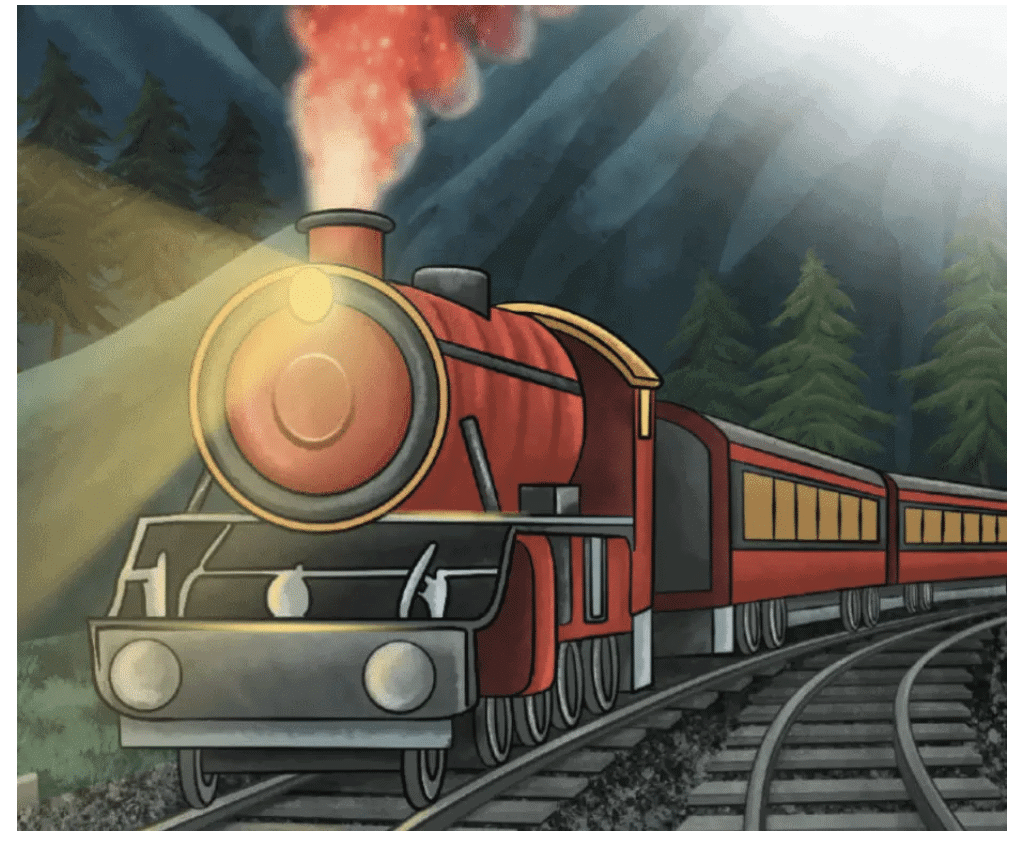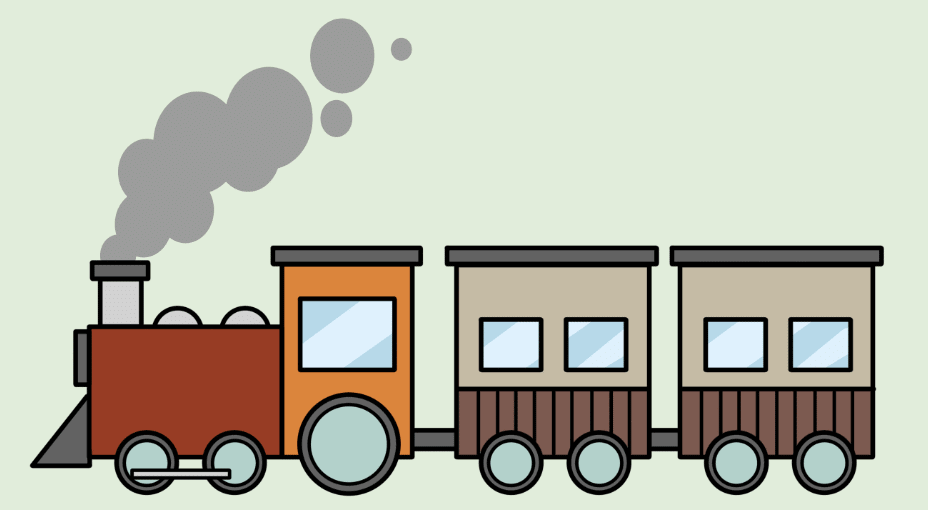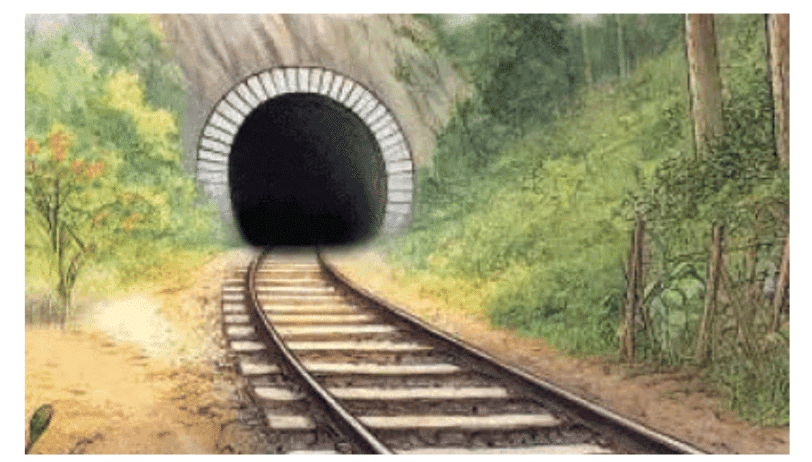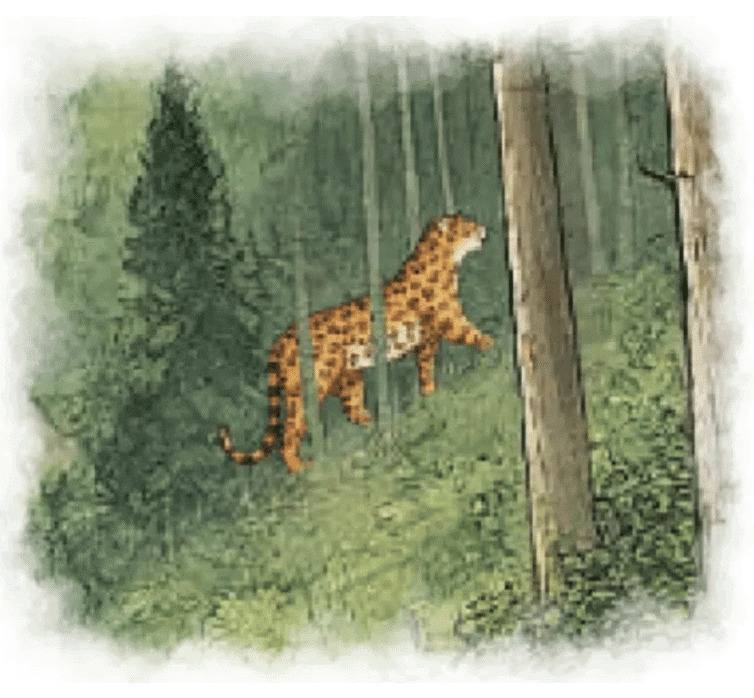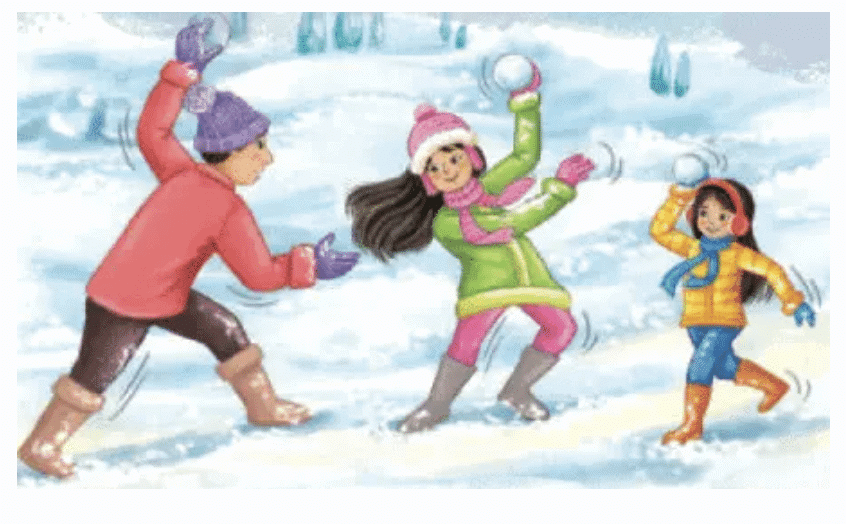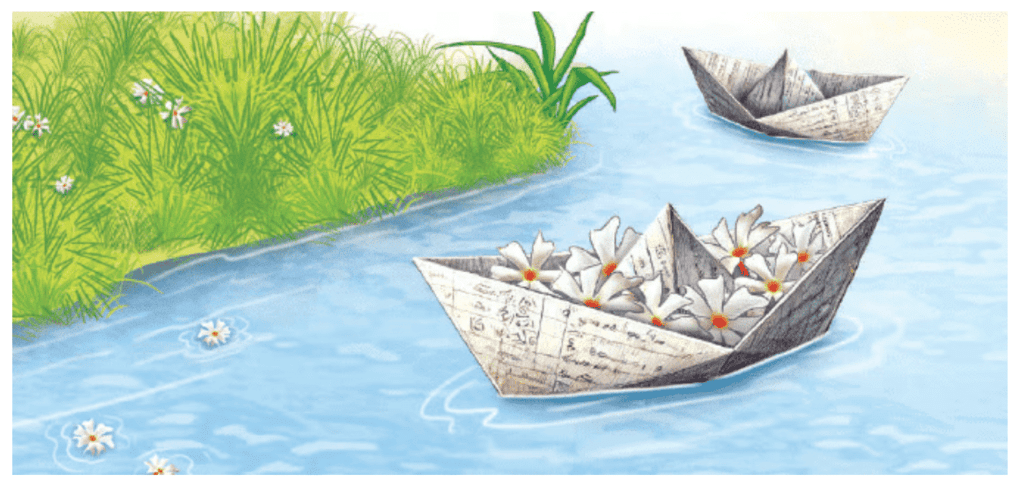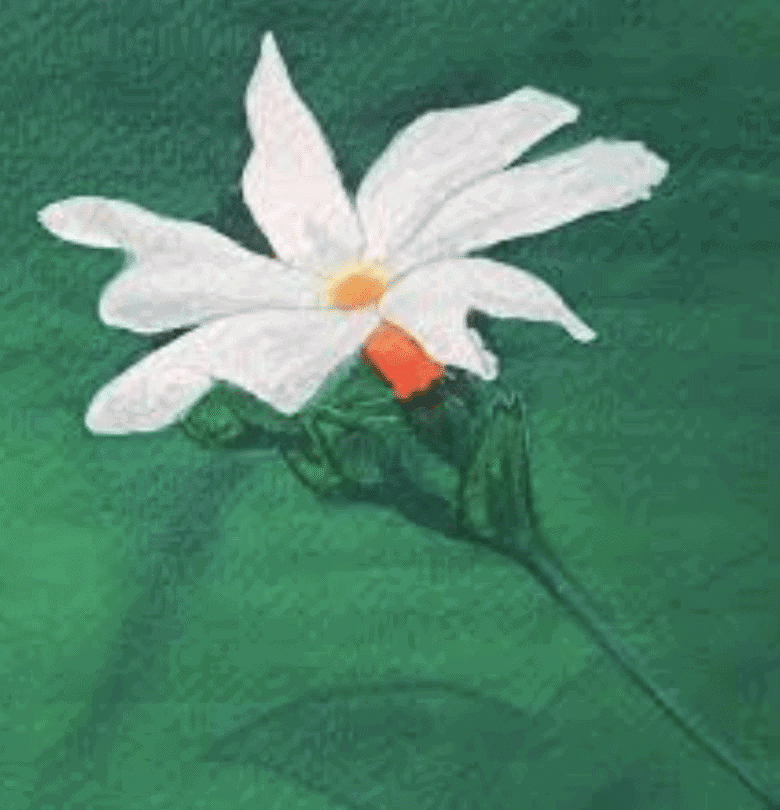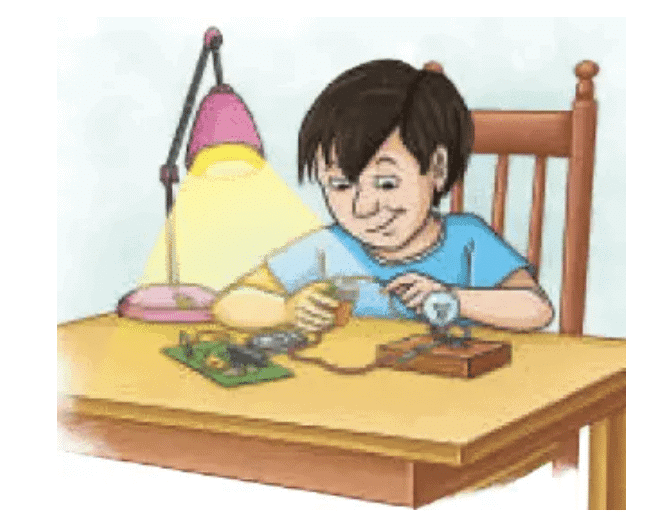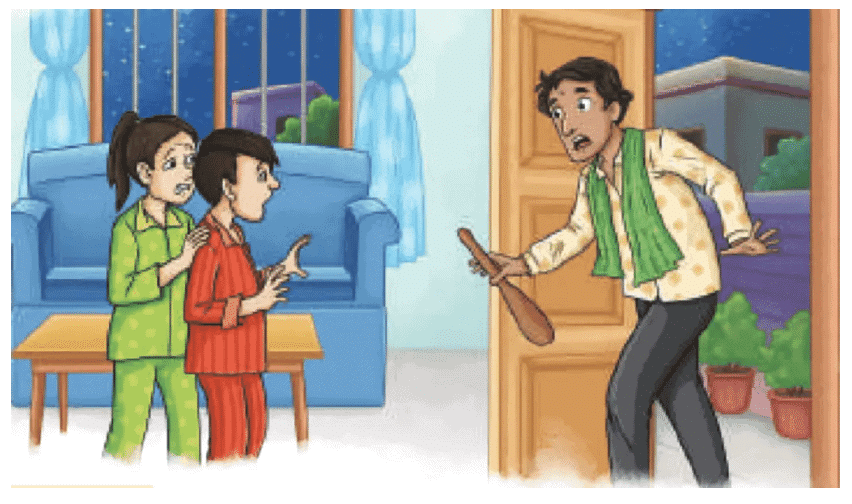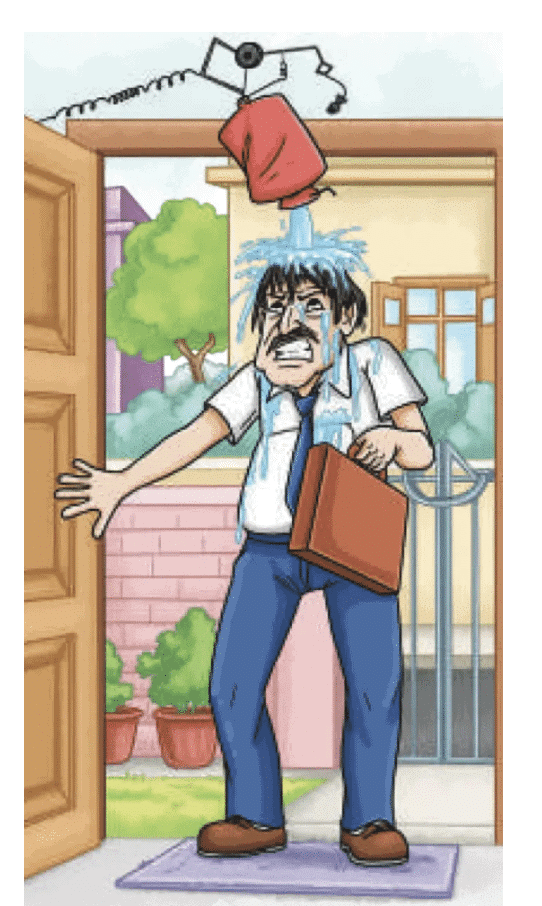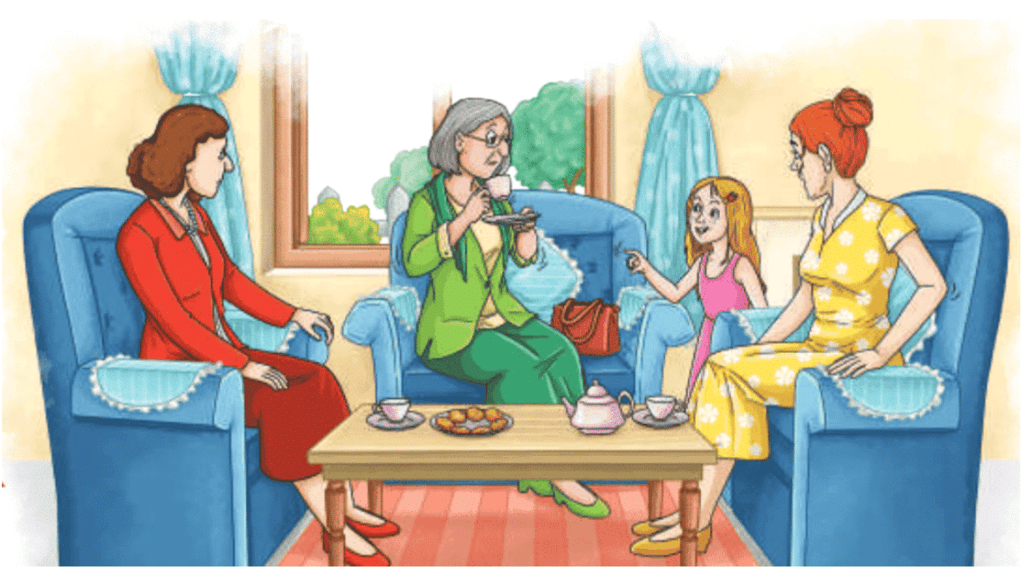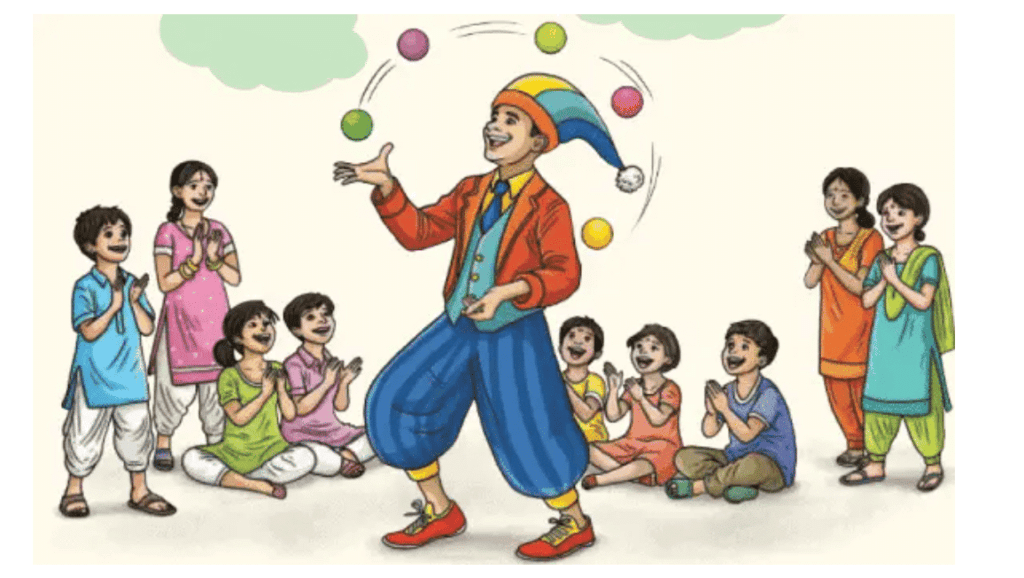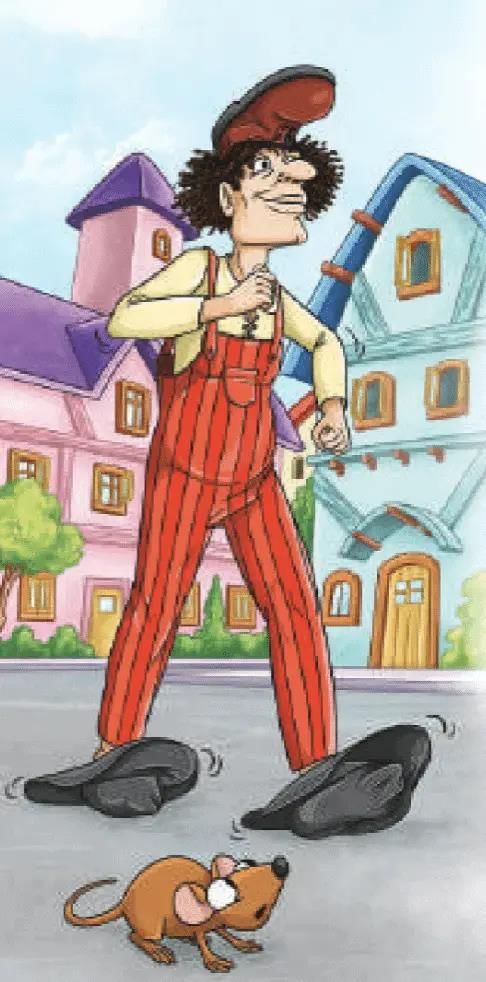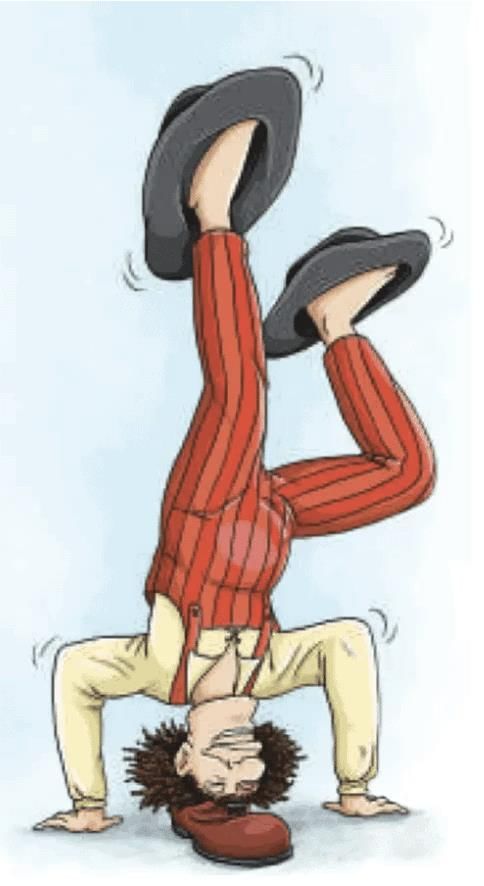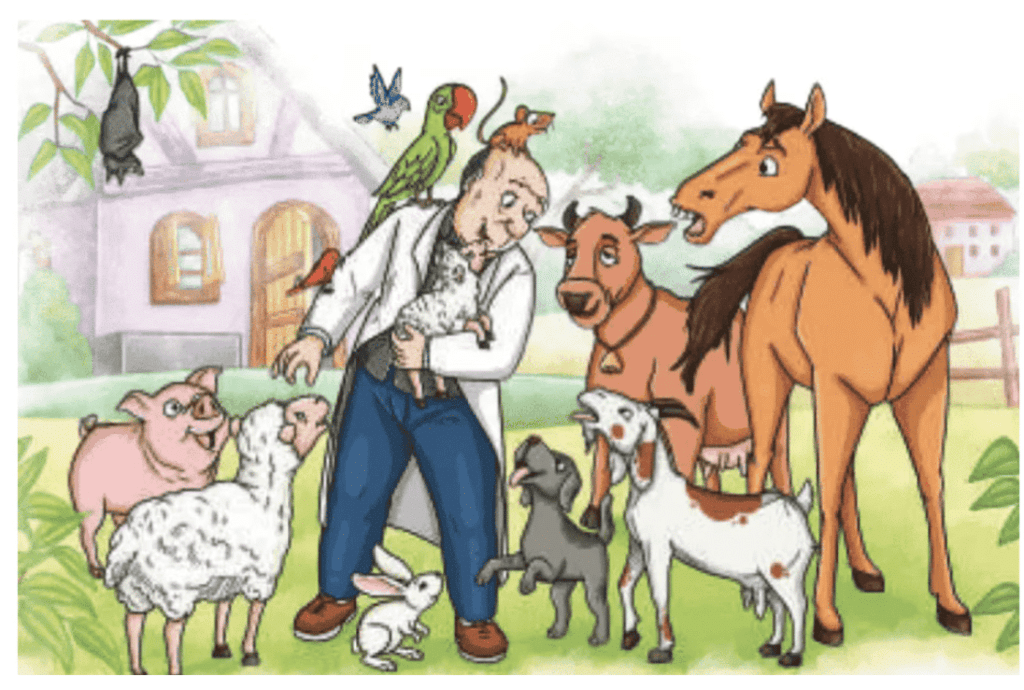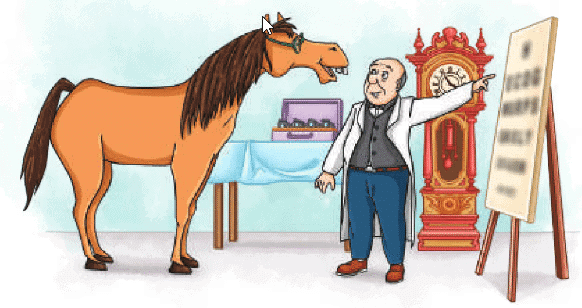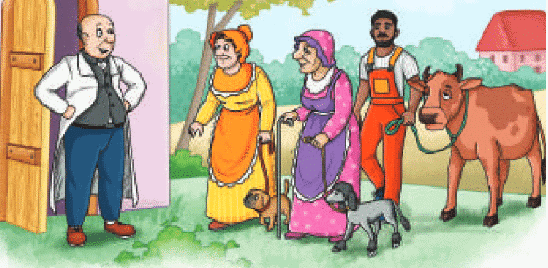Multiple Choice Questions (MCQs)
Q1: Who wrote the letter about visiting the National War Memorial?
a) Ananda
b) Soumya
c) Major Padmapani Acharya
d) Captain Anuj Nayyar
Q2: Where is the National War Memorial located?
a) Bengaluru
b) Chandigarh
c) New Delhi
d) Mumbai
Q3: What does the Amar Chakra in the memorial represent?
a) Circle of Bravery
b) Circle of Immortality
c) Circle of Protection
d) Circle of Sacrifice
Q4: Which war hero does Soumya choose for her school presentation?
a) Lance Naik Albert Ekka
b) Major Somnath Sharma
c) Major Padmapani Acharya
d) Captain Mahendra Nath Mulla
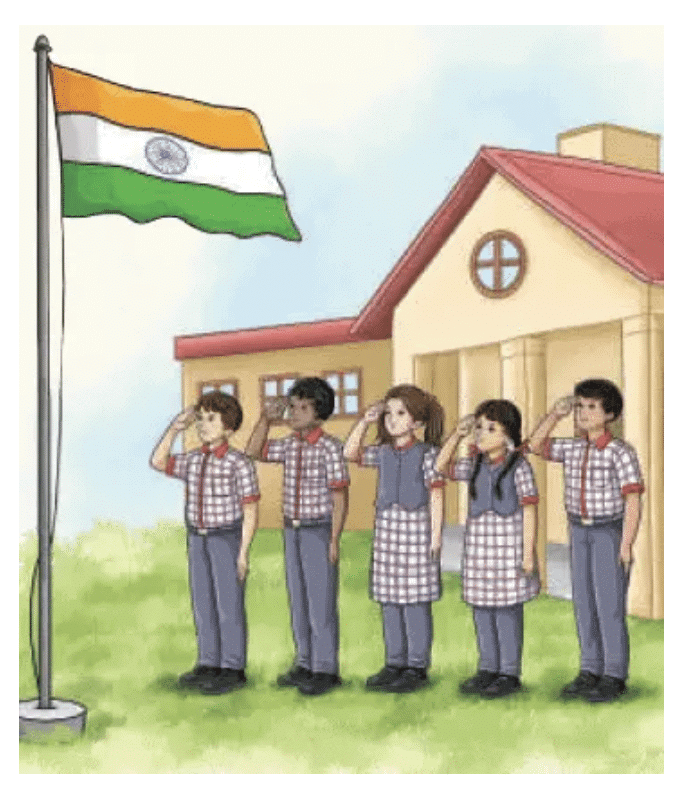
Q5: What does the word “gallantry” mean in the lesson?
a) Great courage in battle
b) Astudies
c) A place to remember soldiers
d) A hobby of collecting stamps
Fill in the Blank
Q1: Soumya visited the National War Memorial during a school trip to _______.
Q2: The eternal flame is located in the _______ Chakra of the memorial.
Q3: Lance Naik Albert Ekka fought bravely in the _______ War of 1971.
Q4: Ananda admires Captain _______ Nayyar, a Kargil War hero.
Q5: The word “wreaths” refers to rings of _______ used to show respect.
True or False
Q1: The National War Memorial was inaugurated in 2017.
Q2: Soumya and Ananda both want to join the Armed Forces.
Q3: The Tyag Chakra has walls shaped like a Chakravyuh formation.
Q4: Ananda has never visited a war memorial.
Q5: The word “philately” means the study of flowers.
Very Short Answer Questions
Q1: What is the name of the first soldier to receive the Param Vir Chakra?
Q2: What does the Veerta Chakra display at the National War Memorial?
Q3: Which poem does Ananda mention in his letter?
Q4: What is the meaning of the word “solemn” in the lesson?
Q5: What is one moral of the lesson?
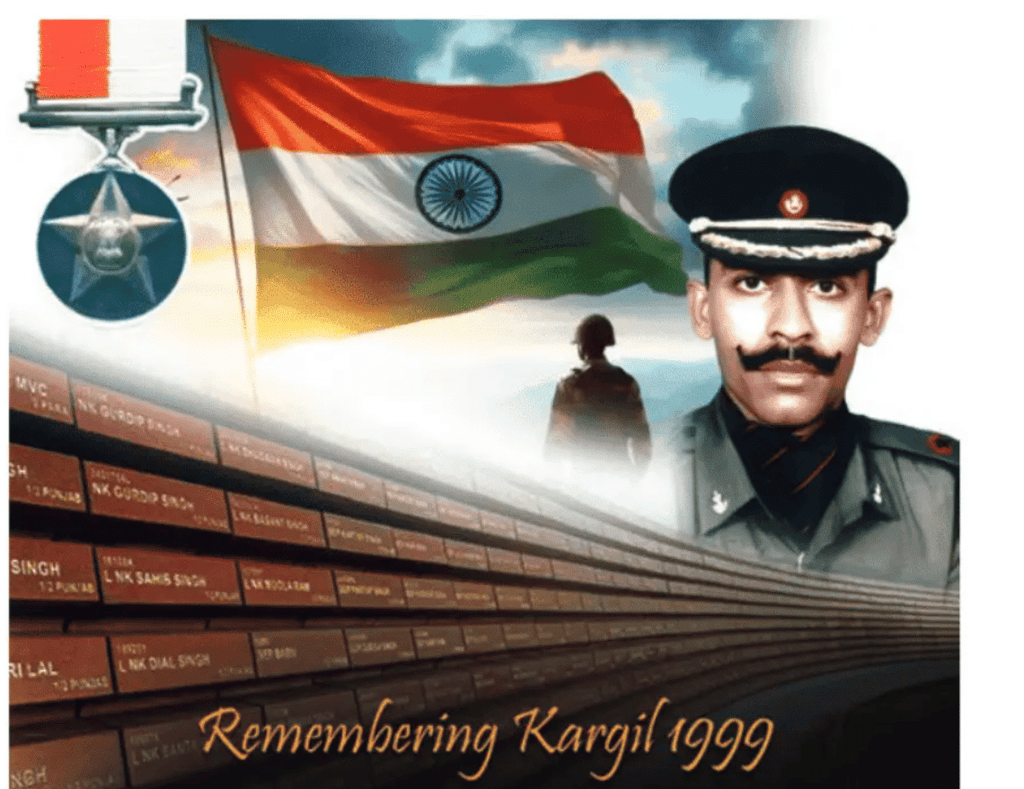
Long Answer Questions
Q1: How does Soumya describe the National War Memorial and its symbolic sections?
Q2: Describe the story of one war hero mentioned in Soumya’s letter and its impact on her.
Q3: Explain how Ananda’s response shows his inspiration and gratitude for soldiers.
Q4: What is the moral of the lesson, and how do Soumya and Ananda’s actions reflect it?
Q5: Discuss how the lesson uses the letters to teach about respecting soldiers’ sacrifices.
